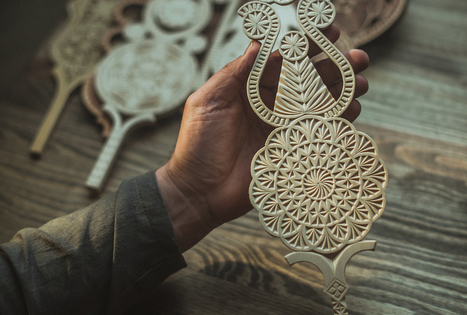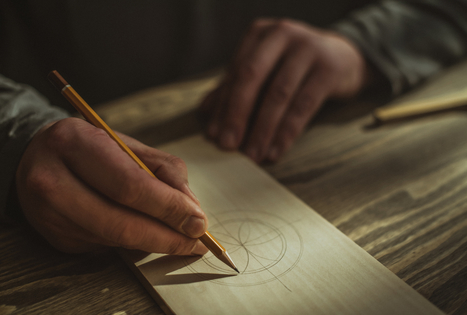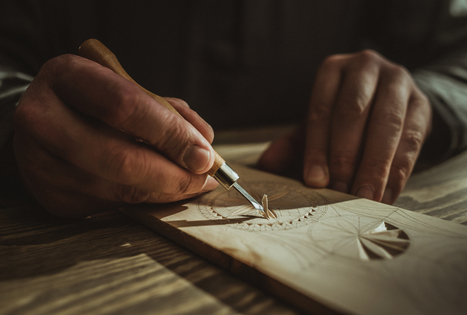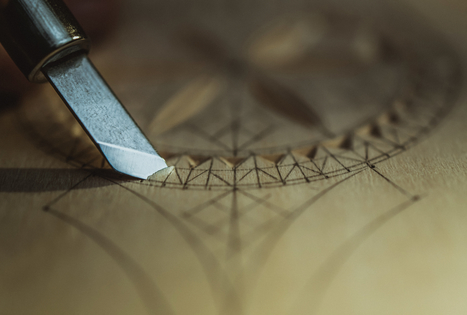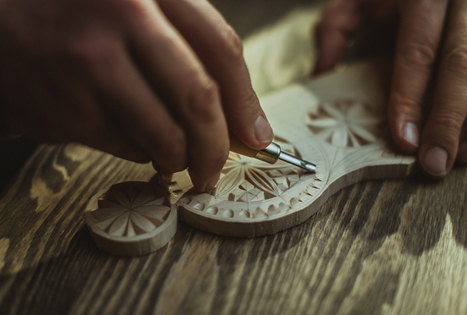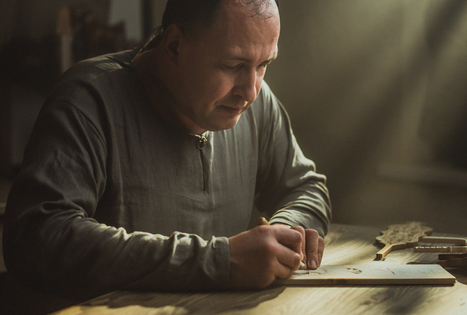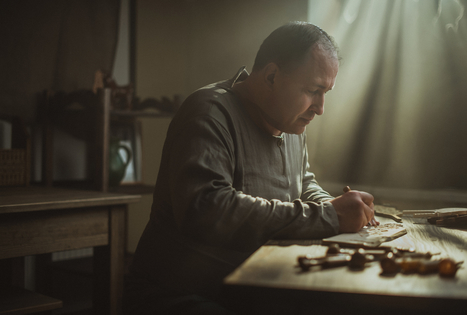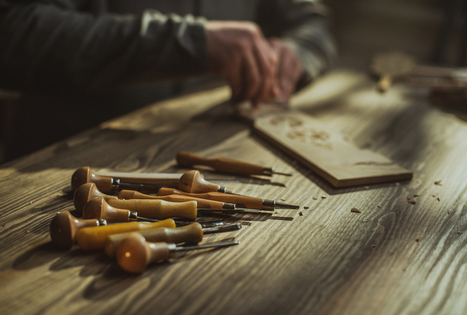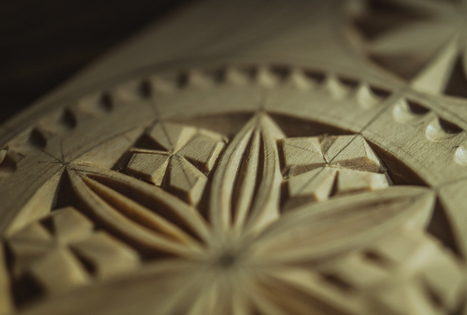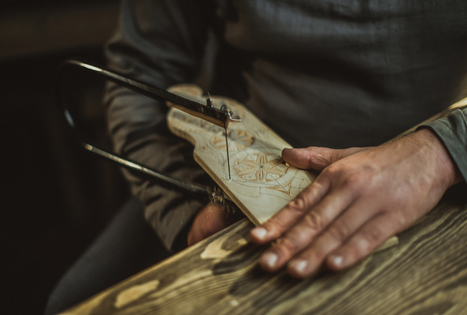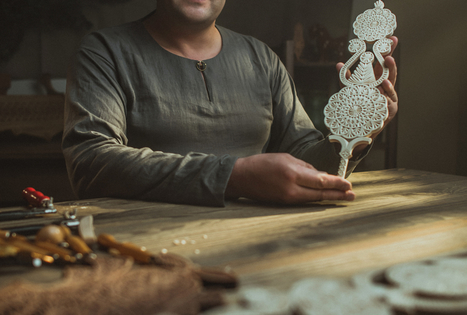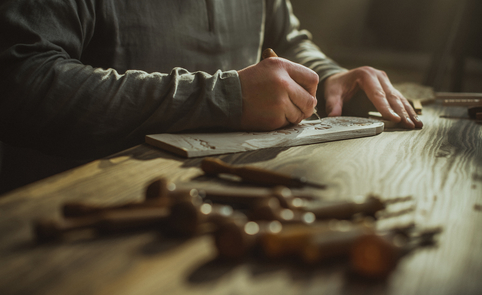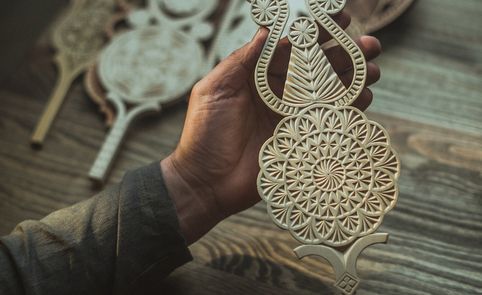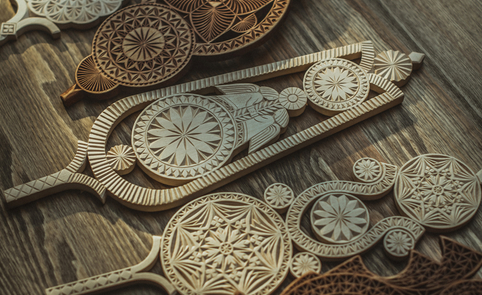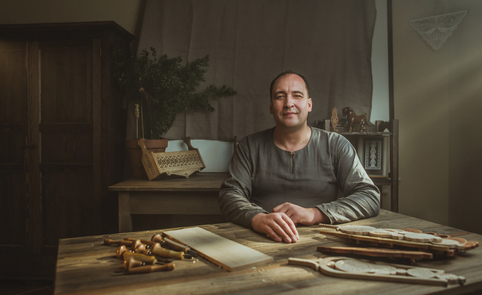It is important not to confuse joiners with kindred craftsmen – carpenters or cabinetmakers. Joiners already became a separate group of artisans many years ago. Unlike carpenters, joiners are more involved in the fitting of a house.
The oldest known pieces of joinery
The woodworker profession is one of the oldest around. Primitive man used wood not only to build housing, but also to make weapons and tools. It is believed that the oldest woodwork belonged to the European Neanderthals. Archaeologists studying a Palaeolithic site in Schöningen, Germany, found wooden spears, a club and double-pronged sticks that were 300,000 years old.
The beginning of joinery in Lithuania
The beginning of joinery in Lithuania is considered to be the 14th century. Joiners and their wares have been mentioned in historical sources of our area since ancient times, but the first written source which testifies to organised joinery activity is only from the 16th century, when artisans in Lithuanian cities started to join into workshops. A joint workshop of saddlers, harness-makers, passementiers and joiners was established in 1562. In 1578, the joiners left the workshop and formed their own the next year.
The Statute of the Vilnius Joiners Workshop approved by Augustus III protected the joiners from competition by prohibiting other crafts workshops producing joinery items and selling them at the market. In the mid-19th century, there were roughly 30 joiners working in Vilnius who had about 90 students and 50 apprentices. The students, who were usually supported by the craftsman, studied the craft from four to nine years. Many of the craftsmen were migrants – mainly from Prussia and Poland.
Used to make their own tools
Joiners made wood products of various complexity: from kitchen utensils (like rolling pins) and small interior elements to windows and doors, partitions, stair railings, windowsills and shutters. They also laid board and parquet floors and glazed windows. They often decorated buildings with ornaments which highlighted the most important parts and softened the transition from one material to another. The most ornate part of the roof was the pitch, which was adorned with lėkiai (decorative elements at both ends of the ridge), wind braces and trim for the pitched roof windows.
Joiners had the most work in winter. The craftsmen made the tools by themselves, just went to the village blacksmith to forge the metal parts. Various woodworking tools were used for cutting, debarking, drilling, hewing, gouging, planing and turning the wood. Planers are one of the oldest inventions of mankind. The earliest known examples of the planer, which were found in Pompeii, are dated to the 1st century, although they only became more widespread in Europe in the 15th–16th centuries, and in the 18th–19th centuries in Lithuania.
A joiner’s work is very diverse. First and foremost, the joiner must know how to read drawings. The specialist must be familiar with the various types of wood and their individual qualities, as well as with the drying, storage and treatment of wood with individual and versatile tools. The joiner has to know how to cut, level, glue, lacquer and paint wood correctly.
Joinery in this day and age
Since the late 20th century, joiners have been working at woodworking companies, specialised joinery workshops, and construction and repair companies. Joinery work is particularly needed and in demand these days as well. There are 16 certified joiners in Lithuania.

